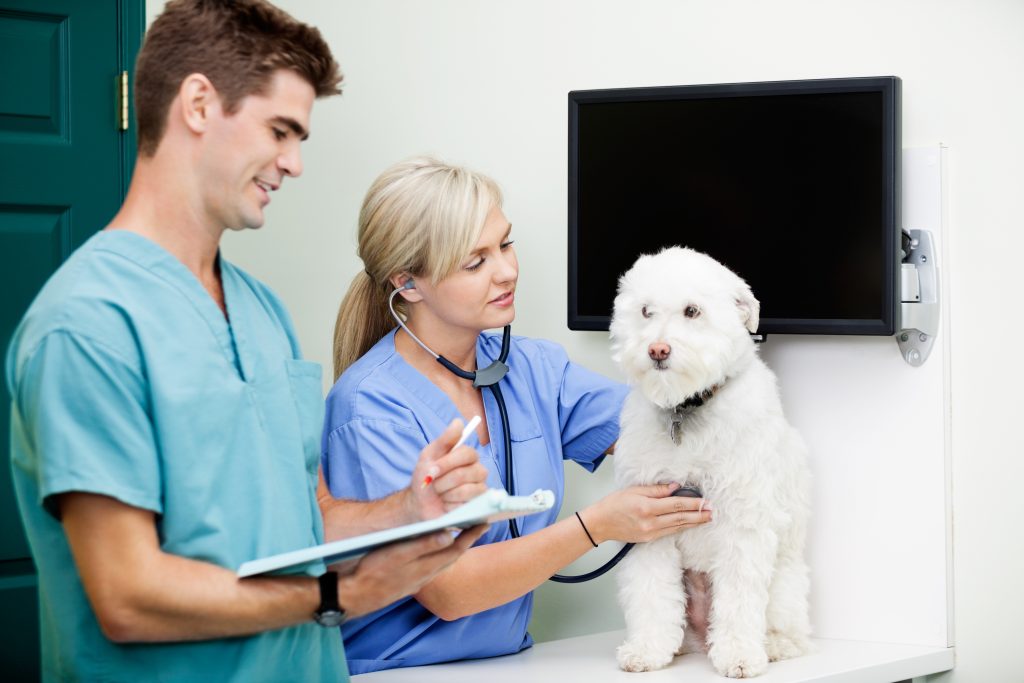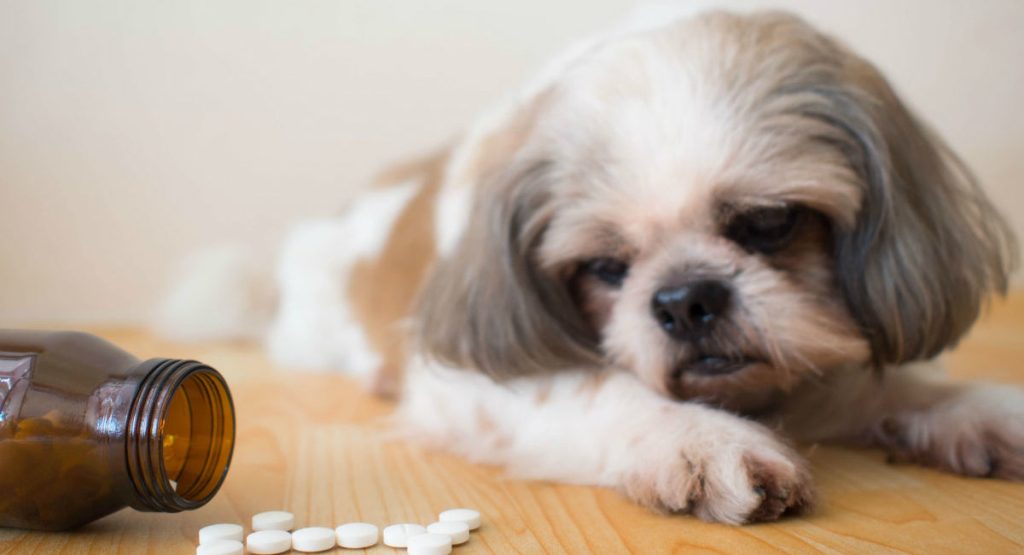Getting your requests to your veterinarian can be quite a process, especially when you are uncertain about the necessary information we need to fulfill the request.
Let’s take this opportunity to review the information required and help you understand why it's helpful in ensuring a smooth and hassle-free experience.
What do I need to know before I make a prescription request?
There are 5 important pieces of information you'll need to have ready to relay to your veterinary team when requesting a prescription.
Medication name
Medication concentration
Medication dose
Medication instructions
Quantity you need
Let me explain what each one is and why we need it. This information can all be found on your pet's medication label.
Medication Name – This is simple enough; it is the name of your medication, and yes, it is very important. If you call and say you want to refill Fluffy’s eye medication, this won’t help us if they are on 3 different eye medications. Knowing the name of your pet’s medication can be the difference between the correct refill and the wrong refill.
Medication Concentration – All medications come in many concentrations, and we want to ensure that your pet gets the correct one to avoid the risk of over- or under-dosing. The concentration is either written as milligrams, mg/mL or a percentage. Pills and tablets can be things like 2.5mg, 10mg, etc. Liquids will be in forms such as 20mg per ml, 200mg/ml, etc., and other medications, such as eye ointments, may say something like 2%.
Medication Dose – The dose indicates how much of the medication your pet should be given and how often—for example, 1 tablet every 12 hours or a 1/4″ strip 3 times a day.
Medication Instructions – We don't need the exact wording of your label, but we need to know how you are currently giving the medication. This may sound something like I give 1 pill in the morning and 2 pills in the evening or I give 3 units every 12 hours, etc.
If what you are giving is different from what is on your medication label, then tell us what you are currently giving and why. It is not recommended to change medication instructions without speaking to your veterinarian.
Quantity You Need – To ensure you have the supply you need and avoid multiple trips, please be sure to know what amount(s) of your pet's medication(s) you need. This may be given as a number amount, such as 30 pills or the length of time the medication needs to last, such as 30 days worth. If you tell us 1 bottle, it doesn't necessarily help us as many medications come in multiple-sized bottles.
TIP: Create a folder in your phone’s photo album called Medications, take pictures of your pet’s medication labels, and place them in there for quick access!
Keep in mind that your veterinarian pharmacy, like all other pharmacies, will need time to fill your medication. We kindly ask that you give us 24-48 hours' notice for filling medications as our veterinary staff are very busy and may not always have time to fill medications same-day.
TIP: If you are like me and have trouble remembering to get medications refilled on time until you use the last one, there's an APP for that!
If it's a regular medication - there is an app called medisafe that lets you track medications and can be used for pet medications as well. You can set custom notifications to remind you when to refill your medication, such as when you have 5 pills left.
If the medication is your pet’s flea and tick medication, check out the app "Flea & Tick" (iPhone) (Android). This app allows you to track when you last gave your pet their last dose and upload a photo of your medication so you always have what it is at your fingertips.
Lastly, look for things your clinic may have, such as QR codes on your medication bottles to help remind you to refill when you run low or website pages like ours (Pharmacy Requests) to make it easier for you to request your medication.
Stayed tuned for Part 2.
Written by: Ashely G, VT
Read More






